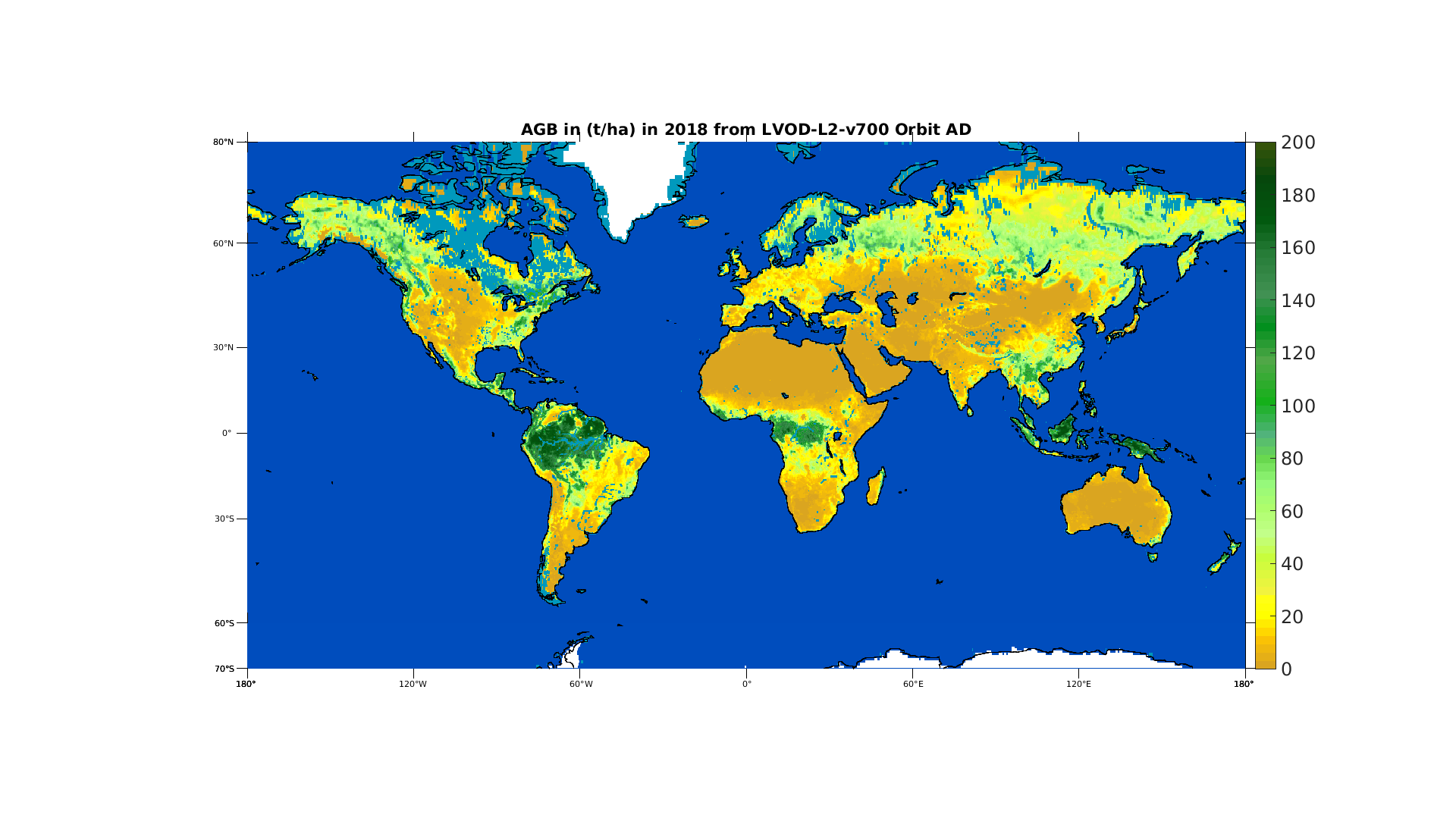research
Type of resources
Available actions
Topics
Keywords
Contact for the resource
Provided by
Representation types
Update frequencies
status
Scale
Resolution
-
OYSTERCOVER (http://oysterecover.eu/) : Establishing the scientific bases and technical procedures and standards to recover the European flat oyster production through strategies to tackle the main constraint, bonamiosis. The European flat oyster has been part of the human diet for many centuries. High mortality episodes and overfishing decimated the populations of O.edulis in Europe through the first half of the 20th century. Then, two diseases (due to Marteilia refrigens and Bonamia ostreae) spread in early 1970s and 1980s, drastically reducing the production. Despite the new management practices and intensive repletion programmes, the production of O. edulis has remained low since that time. The recovery of European flat oyster production could be an important opportunity for the shellfish industry in Europe.A total of five shellfish producers’ associations from four different Member States and three SMEs in major oyster production countries in Europe, concerned about the above mentioned issues and being aware of recent scientific progress in selective breeding programmes for bonamiosis tolerance, have decided to work together with the common general objective of facing the challenge of establishing the scientific and technical bases, procedures and standards that allow the recovery of the O. edulis production, through the development of strategies to tackle the main constraint, bonamiosis. To successfully achieve this goal those European research centres and universities which have mainly contributed to scientific progress on O. edulis recovery and selective breeding programmes for bonamiosis resistance, are hired by the SME-AGs and the SMEs involved in the project, to carry out the relevant research. This layer concern the map of the partners involved in OYSTERECOVER
-
REPROSEED, « REsearch to improve PROduction of SEED » is a European project conducted by partners from several countries that aim to promote the development of the mollusc aquaculture such as Spain, Portugal, France and Norway. Mollusc farming is important as this industry is expected to contribute significantly to the European economy in the coming years. REPROSEED (http://www.reproseed.eu/) give a list of European hatcheries. EUROSHELL offers a map of that list.
-

This product is established from one of the SMOS product: the optical thickness. The optical thickness or VOD is obtained directly from SMOS data by use of the multi-angular capability. For low vegetation (grass, crops,...) it is linked mainly to the water content while for forested areas it is more linked to the above ground biomass (AGB). The product is a yearly aggregation of AGB derived using different references (ESA BIOMASS CCI, Avitabile AGB estimates etc...) and is available for SMOS life time (2010 - now)
-
The two core objectives of BIVALIFE are : - to provide innovative knowledge related to pathogens infecting oysters and mussels and - to develop practical approaches for the control of infectious diseases and resulting mortality outbreaks these pathogens induce. This layer concerns the sampling sites.
-
In order to bridge the gap between shellfish growers and scientists, a layer is built with the list of organizations thatproduce or transfer knowledge in the shellfish sector. Academic or applied research centers, experts, training and education sector, monitoring networks and regional centers are recorded and data are collected on their size, address, website link, fundings, etc.
 Catalogue PIGMA
Catalogue PIGMA